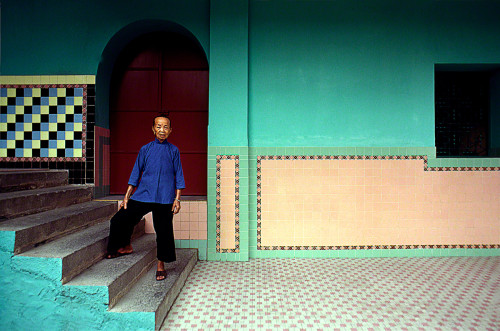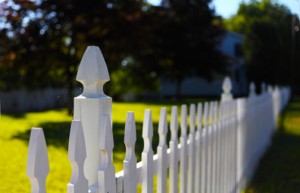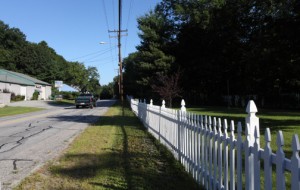
Spanning almost forty years of teaching photography workshops, I have compiled a list of my own “Personal Pearls of Wisdom” that I have written over the years.
When talking to photography students from around the world, either in person, or online, or by email, I often refer to a catchphrase I’ve created throughout my photographic career. These ‘Pearls of Wisdom’ are usually used in a critique, but sometimes I just throw one out for everyone’s enjoyment. Most of the time it gets a laugh…not all the time but a LOT.
Here’s one of my favorites, and one I’m constantly using: “I came, I shot, I left.”
What that means is that photographers usually don’t spend a lot of time taking a photo. They will invariably walk up to a subject or location, shoot the first idea that comes to mind, and then move on leaving a lot still ‘on the table’. By the way, the photograph is usually taken at eye level since it’s the easiest and less stressful way to compose. STOP!!! Don’t leave!!! Use this first shot for what I call the ‘Master Shot’ and stick around to observe what else is going on.
I can’t remember when I started doing this, but I think it was when I started as a director/cameraman and began with TV commercials…about thirty years ago.
I learned to take the ‘Master Shot’, which was the first set up in a scene. It was important because it set up the rest of what was left of the thirty seconds. It’s the key shot, and when you could walk away with in case it started to “rain on your parade”.
In my online class I teach with the BPSOP school, and my “Stretching Your Frame of Mind” workshop I teach around the world, I have them take a ‘Master Shot’, which is the first idea that they see when they come upon a worthy subject/location. Then, I have them take two more photos of the same location/subject. These two shots should come to them while taking this first shot. The idea is to find ways to segue your first photo into a better and stronger way to see it.
What I don’t mean is to stay in the same position and just zoom in or out in the same composition.
For example:
- Up close and personal
- Change lens
- Up high then down low
- Different light
- Change a prop
- Put in a person, or take one out
- Look for something that might be unexpected or unpredictable.
When I’m shooting, I have one eye in the viewfinder and the other scouring the location for a way to segue my current composition into a stronger shot. As I’m shooting, I’m constantly making small to medium-sized changes.
I’m always looking for that elusive “OMG” shot.
Here’s an example of a ‘Master Shot’: While driving around with my class at the Maine Media Workshop, Chasing the Light as I refer to it, I stopped at this location to show them what I meant. While these photos are not going to win any awards, they are an excellent example of taking a ‘Master Shot’, then looking for other ways to make it more interesting before leaving.



So the next time you’re out shooting think about taking a master shot then see what other possibilities come from it. Once you try it and see that it works, you’re on the right road to taking your work to the next level.
Visit my website at www.joebaraban.com and check out my 2018 workshop schedule at the top of this blog. Come shoot with me sometime. I have a couple of openings in my Springtime in Berlin workshop next May 23rd. A fantastic city with so many great locations we’re going to be shooting.
In conjunction with The Santa Fe Workshops, October 2nd I’ll be leading a group in San Miguel de Allende. A beautiful oasis and artist colony and the entire city is a UNESCO site.
Come join me for a week of fun and photography…what could be better
JoeB





